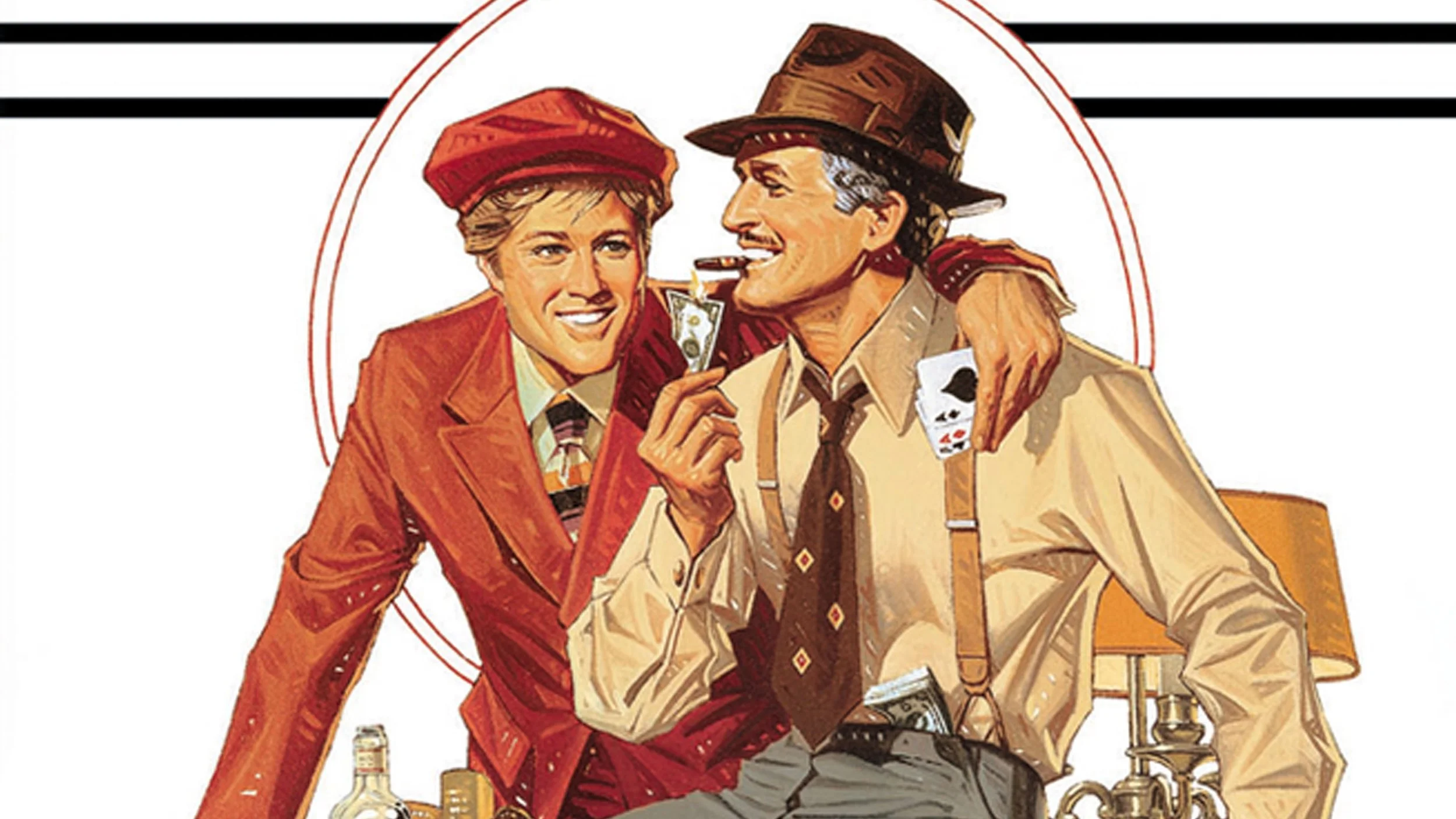The 5 Best Old Time American Gangster Movies And Shows
In the shadowy corners of cinematic history, Old-Time American Gangster Movies stand as timeless testaments to an era characterized by crime, prohibition, and a raw, unbridled pursuit of power. These cinematic masterpieces, forged in the crucible of post-war turbulence and societal upheaval, have etched indelible imprints on the cultural landscape. From the gritty streets of Chicago during the Prohibition era to the sizzling tension of 19th-century New York, these films capture the essence of an America grappling with its own shadows. Join us on a riveting exploration as we delve into the visceral narratives, complex characters, and indomitable spirit that define the allure of Old-Time American Gangster Movies, transcending time and leaving an enduring legacy on the silver screen.
Source: Gangs of New York
Gangs Of New York (1860’s)
"Gangs of New York," set against the tumultuous backdrop of 19th-century New York City, unfolds as an immersive and unflinching portrayal of the violent clashes that defined the era. At the epicenter of the chaos are rival gangs, with the nativist "Natives" under the ruthless leadership of Bill the Butcher (Daniel Day-Lewis) engaging in brutal confrontations with the Irish immigrant group, symbolized by the resilient Amsterdam Vallon (Leonardo DiCaprio). Scorsese, a maestro of storytelling, intricately weaves a narrative tapestry that not only captures the palpable tension of the time but also provides meticulous attention to historical detail, immersing viewers into the gritty milieu of the Five Points neighborhood.
As the characters navigate the tumultuous waves of ethnic strife, political corruption, and urban upheaval, "Gangs of New York" transcends its genre boundaries to become a haunting chronicle of a city forged in the crucible of crime and rebellion. The film's brilliance lies not just in its star-studded cast and gripping narrative but also in its ability to serve as a microcosm of societal complexities. Scorsese artfully paints a canvas that reflects the broader struggles of a burgeoning nation, grappling with issues of identity, power, and survival. Each frame serves as a window into a bygone era, where the clashing forces of loyalty and betrayal, love and vengeance, unfold against a backdrop of historical turbulence.
In essence, "Gangs of New York" leaves an indelible imprint on the gangster genre, elevating it beyond a mere portrayal of criminal enterprises to a visceral exploration of the human condition within the crucible of societal change. As we journey through the chaotic and mesmerizing streets of 19th-century New York, we witness not only the birth of organized crime but the genesis of a cinematic masterpiece that stands as a testament to the enduring power of storytelling and its ability to illuminate the shadows of history.
Source: The Godfather Part II
The Godfather Part II (Early 1900’s)
While "The Godfather" stands as an undisputed classic in the annals of cinema, its equally compelling sequel, "The Godfather Part II," unfurls a cinematic tapestry that transcends mere storytelling. Directed with finesse by Francis Ford Coppola, this unparalleled cinematic masterpiece unfurls its narrative threads, weaving a captivating exploration into the origins of the Italian Mafia in the labyrinthine streets of New York City. Venturing further back in time, the film becomes a nuanced saga delving into the very essence of power, family dynamics, and the formidable price of ambition.
In this parallel narrative, viewers witness the ascent of Michael Corleone to the zenith of power juxtaposed with the early struggles of his father, Vito Corleone, as he lays the foundation of the formidable family empire. A crowning jewel in the film's brilliance is Robert De Niro's Academy Award-winning portrayal of the young Vito, a performance that adds layers of complexity to the epic tale. Beyond its star-studded cast, "The Godfather Part II" is a symphony of rich storytelling, exceptional performances, and a poignant exploration of the immigrant experience, etching its undeniable legacy as not just a sequel but an integral chapter in the pantheon of the greatest gangster movies ever made.
Source: Boardwalk Empire
Boardwalk Empire (1920’s)
Embarking on a riveting exploration of organized crime, the television series "Boardwalk Empire" stands out as an immersive and multi-layered journey that unravels the intricate tapestry of Atlantic City during the Prohibition era. Crafted by the brilliant mind of Terence Winter and bolstered by the production prowess of Martin Scorsese, this show transcends mere entertainment to become a work of art, blending the lines between fact and fiction seamlessly. At its core, "Boardwalk Empire" introduces viewers to the enigmatic figure of Enoch "Nucky" Thompson, brought to life with unparalleled depth by the incomparable Steve Buscemi, as it intertwines the realms of reality and imagination.
However, "Boardwalk Empire" is not merely a tale of criminal enterprises; it serves as a captivating portal into the socio-political landscape of a transformative period in American history. The Prohibition era comes alive on screen, capturing the essence of societal upheaval, political machinations, and the intricate dance between power and corruption. Through its meticulous attention to historical accuracy, the series becomes a compelling lens through which viewers can witness the intricacies of a nation grappling with profound change.
Impeccable production values, from meticulously designed sets to authentic costumes, contribute to the visual allure of "Boardwalk Empire." Yet, it is the ensemble cast that truly elevates the show to the status of a storytelling masterclass. Each character, portrayed with nuance and depth, adds a layer to the narrative, creating a rich and dynamic portrayal of the Roaring Twenties. The stellar performances resonate with authenticity, immersing the audience in the complexities of the characters' lives and the turbulent times they navigate.
The Untouchables (1920’s)
Embarking on a cinematic journey through the annals of old-time gangster lore requires a profound acknowledgment of the monumental contribution of "The Untouchables." Crafted under the discerning direction of Brian De Palma, this cinematic gem unfolds against the evocative backdrop of the Prohibition era, immersing audiences in a visceral portrayal of Eliot Ness and his team's unwavering pursuit of the notorious Chicago mobster, Al Capone.
Kevin Costner's portrayal of the incorruptible Ness, coupled with Sean Connery's Oscar-winning performance as the seasoned Irish cop, imparts an indelible gravitas to the film, propelling it to an iconic pedestal within the genre. Beyond the surface narrative, "The Untouchables" offers viewers a compelling exploration of the fine line between justice and corruption, as reflected in the intense shootouts and the timeless confrontation between law enforcement and organized crime. As a cinematic tour de force, "The Untouchables" not only solidifies its position among the best gangster movies of all time but also stands as a testament to the enduring allure of a bygone era of crime cinema.
Source: The Sting
The Sting (1930’s)
"The Sting" is a classic American caper film that captivates audiences with its intricate plot, charismatic performances, and a timeless sense of style. Directed by George Roy Hill and released in 1973, the film stars Paul Newman and Robert Redford, who reprise their successful pairing from "Butch Cassidy and the Sundance Kid."
Set in the 1930s during the Great Depression, "The Sting" follows the story of two con men, Henry Gondorff (Paul Newman) and Johnny Hooker (Robert Redford), as they orchestrate an elaborate and cunning scheme to take down a corrupt and dangerous big-time racketeer, Doyle Lonnegan. The film unfolds as a series of deceptions, double-crosses, and unexpected twists, keeping the audience on the edge of their seats.
One of the film's notable features is its nostalgic homage to the era it portrays. From the costumes to the soundtrack, "The Sting" meticulously recreates the ambiance of the 1930s, providing a visually rich and immersive experience. The musical score, composed by Scott Joplin, with his iconic ragtime compositions, further enhances the film's period authenticity.
The chemistry between Paul Newman and Robert Redford adds a layer of charm to the film, making their dynamic and witty interactions a highlight. The narrative is not just a series of cons but also a character-driven story that explores themes of friendship, trust, and the complexity of the con artist's world.
"The Sting" received critical acclaim upon its release, earning seven Academy Awards, including Best Picture, Best Director, and Best Original Screenplay. Its success lies not only in its engaging narrative and stellar performances but also in its ability to seamlessly blend humor, suspense, and a touch of nostalgia, creating a cinematic masterpiece that has stood the test of time.
Legacy of the Gangster Genre
These timeless classics, "The Untouchables," "Boardwalk Empire," and "The Godfather Part II," continue to resonate with audiences, transcending the boundaries of time. Their exploration of the criminal underworld, intricate character development, and the atmospheric portrayal of a bygone era have left an indelible mark on the gangster genre. As we revisit these gems, we not only indulge in the thrill of crime epics but also gain insights into the societal nuances and moral complexities that define these tales of power, loyalty, and betrayal. In the realm of old-time gangster movies and shows, these iconic productions remain pillars of cinematic storytelling, providing a nostalgic journey into the heart of organized crime's allure.




